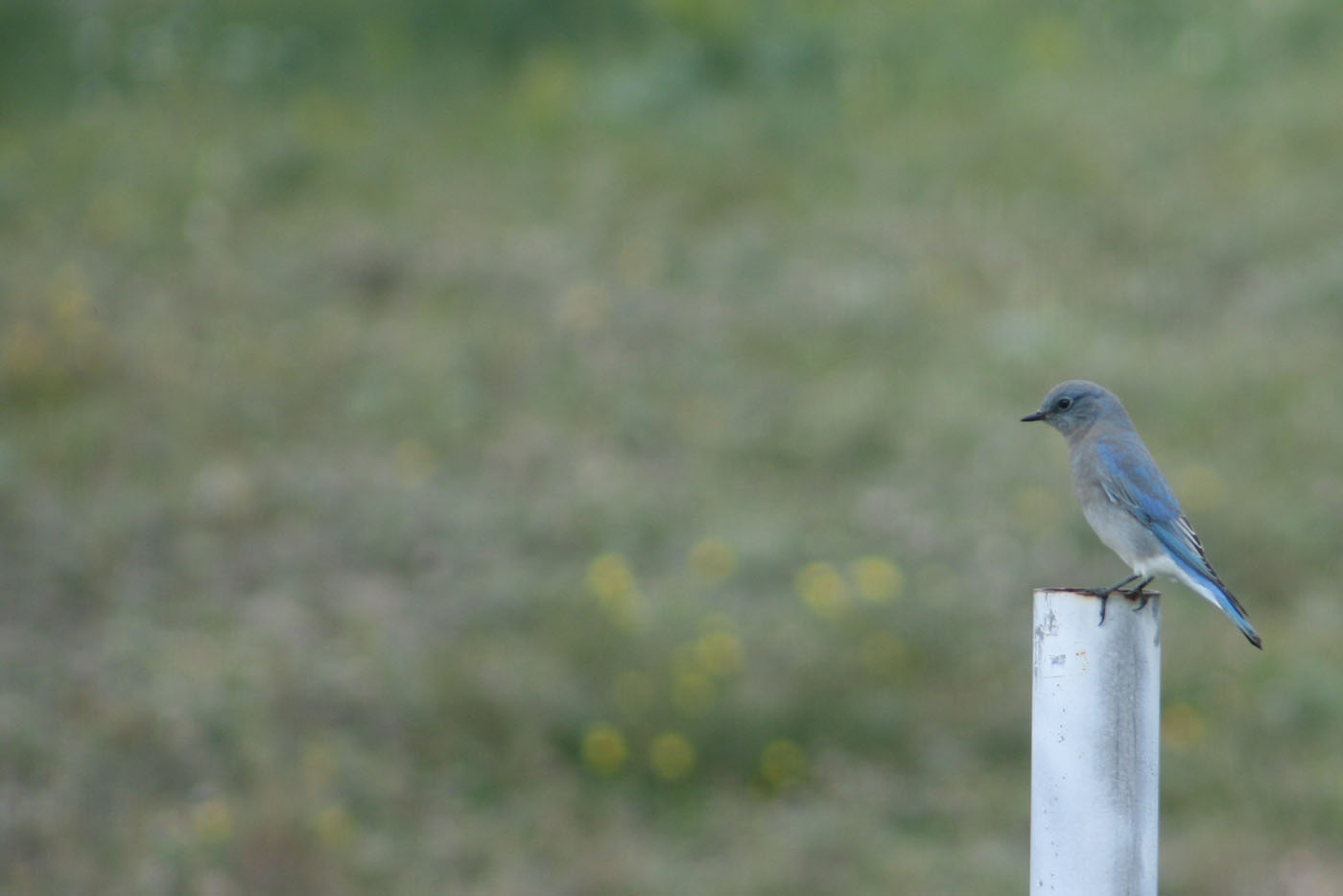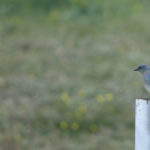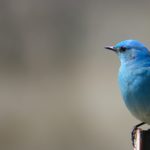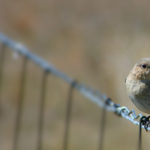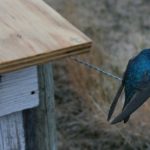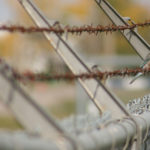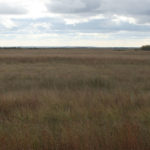Views: 4272
Habitat
Good bluebird habitat is of prime importance. Short grass fields & meadows interspersed with open woodland make good habitat. Grazed pastures are ideal. Try to avoid cultivated fields and wetlands. To discourage use by House Wrens, place boxes at least 100 feet away from shrubbery; to discourage use by House Sparrows, place boxes 1/4 mile from barns or other sources of grain. If House Sparrows persistently occupy a box, it is advisable to move it to another location.
It is recommended that nest boxes be mounted on fence posts (first obtaining permission of the landowner) so that the opening of the box faces along the fence line. This makes the next post visible as a perching site. Boxes that project into a pasture are regarded as prime scratching posts by cattle and are often rubbed off the post. We recommend placing boxes in pairs one or two posts apart; this provides a nest site for both tree swallows and bluebirds in a shared feeding area and reduces competition between the species. The density of the paired boxes depends on the quality of the habitat but 4-8 pair/mile is a rough estimate. Scattered trees are desirable as they provide observation posts for the adults and cover for fledglings.
Boxes should be placed 1.2-2 m (4-6 ft.) above the ground facing a perching site. The male will use this perch to guard the box and to assist the young on their first flight. Boxes can be mounted on poles, trees or fence posts. If boxes are mounted on fence posts, they should face away from the prevailing wind, towards the next post. This will provide maximum protection from the elements and will provide the male with a perching site. It will encourage the fledglings to take their first flight along the ditch rather than across the road and possibly into the path of an oncoming car. Boxes placed on the outside of pastures will suffer less livestock damage than those placed on the inside. Horses will rub and chew on boxes, so they should be placed at least 2 m (6 ft.) high in horse pastures. Bluebirds are territorial when breeding and have territories of about .81 – 1.2 ha (2-3 acres). Boxes should be placed about 90 m (100 yds.) apart, since they will not usually nest closer together than that. In areas where Tree Swallow competition is high, the boxes should be set out in pairs about 1.5-4.5 m (5-15 ft.) apart.
